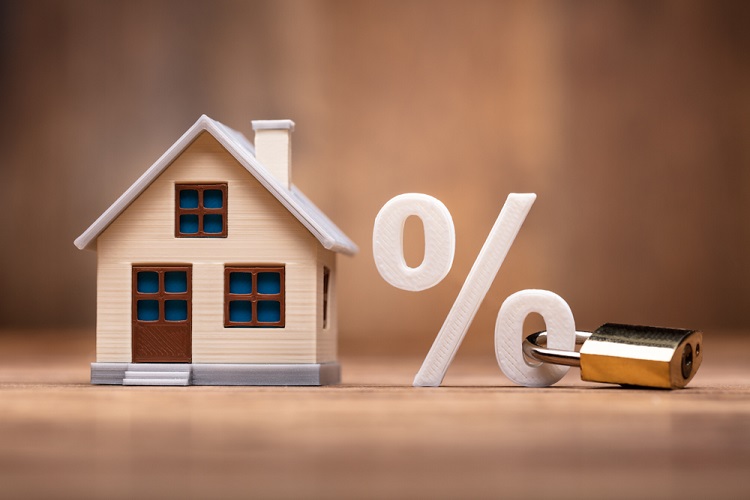How Rent-to-Own Can Lead To A Home Purchase
Although housing prices have decreased in several areas of the nation, the typical cost of a single-family home is still slightly under $385,000. With mortgage rates around 7%, the monthly fees alone keep many would-be home buyers out of the market. For those purchasers, a rent-to-own option might be a viable choice.
Let’s take a look at how rent-to-own works, how it can help buyers buy a property right away, and several warning signs to look out for.

How Does Rent-To-Own Work?
In a rent-to-own arrangement, sometimes known as a “lease option to purchase,” you rent a house for a predetermined amount of time with the option to purchase it when your lease is up.
Each rent payment includes a portion that goes toward the down payment on the house while the lease is in effect. Here’s how it can work for you.

Rent-To-Own Allows You To Buy Time And Is Negotiable
Imagine that you agree to a three-year lease. You’ll have 36 months to improve your credit score. Additionally, it will give you some time to put money aside for the ultimate house purchase.
The terms of rent to own are all negotiable. You negotiate with the seller to decide issues, including whether an option fee is owed and who will pay for home repairs (the costs are usually split).
There are numerous aspects in a rent-to-own agreement, all of which are adjustable to your advantage. You can further safeguard your interests by having a real estate attorney review the deal before you sign it.

Lock In Your Price
When you lock in a sales price at the start of your lease, you won’t have to worry about the market over the following few years if you reside in a region of the country where home values never seem to go down. Having peace of mind allows you to concentrate on the important things, such as reducing your debt and conserving money.
It cannot be stressed enough that a rent-to-own transaction almost never involves a real estate agent. And if a real estate agent is present, they often work on behalf of the seller. You are responsible as the buyer to thoroughly review the contract’s fine print and seek professional advice.

How It Works
Assume you discover an area you like and a homeowner is open to a rent-to-own arrangement. The procedure goes as follows:
(1) Terms will be tentatively agreed upon. One of those conditions is whether you’ll accept the sale price now or at the conclusion of your lease. Both have advantages and disadvantages. You won’t have to worry if the home’s value rises during the course of your lease if you and the landlord agree on a price upfront. If you wait to settle on a price, it’s possible that the home’s worth will drop and you’ll get a better offer.
(2) Find out if an option fee is necessary. When you sign the lease, you must pay the fee if the seller demands one. A typical option fee is from 2.5% to 7% of the house’s value. Let’s say the house is currently worth $200,000 to the owner. Accordingly, the option fee might range from $5,000 to $14,000.
(3) Although you will pay more per month than other renters in the neighborhood, some of each payment will go toward the deposit. For instance, if others pay $2,000 each month, you might pay $2,300, with $300 going into a down payment fund. Three years from now, there will be $10,800 in the fund as opposed to $3,600 after one year. If you also paid an option fee, ideally the contract was written so that it counts toward your down payment as well.
It’s acceptable to walk away from any agreement that does not benefit you financially, even if you absolutely adore a particular property. Even if rent-to-own houses don’t come up for sale frequently, it’s worthwhile to wait for the ideal one.
